This review is part of the German Literature Month, hosted by Lizzie (Lizzies Literary Life) and Caroline (Beauty is a Sleeping Cat)
This is the perfect summer book and that I read it in November makes my longing for the next summer even stronger. It refutes all prejudices that literature written by German authors has to be serious, heavy, distant, humorless, difficult, and boring.
The narrator – who can very easily be taken for the author – is off for his summer holidays. He is an author publishing for Rowohlt, then and now one of the best addresses for writers in Germany and an – invented – correspondence with Rowohlt who is asking his author to write a light summer story gets the story started.
Our author is traveling by train with his girlfriend (called the Princess) from Berlin to Sweden. But they have of course a stop in Copenhagen. The following quote gives a good idea of the playful tone of the book:
“… We looked at everything: the Tivoli Gardens, the beautiful town hall and the Thorwaldsen Museum, where everything looked as though it was made of plaster. “Lydia!” I called, “Lydia! I almost forgot. We absolutely have to visit the Polysandrion!”
“The … what?”
“The Polysandrion! You’ve got to see it. Come along.” It was a long walk, because the little museum was right outside the city.
“What is it?” asked the Princess.
“You’ll see,” I said. “It’s where a couple of Balts built a house for themselves. One of them, Polysander von Kuckers zu Tiesenhausen, imagines he can paint. But he can’t.”
“And we’re going all this way just to see that?”
“No, not exactly. He can’t paint, but he does – and he always paints the same thing, his adolescent fantasies: young boys and butterflies.”
“What’s that supposed to mean?” asked the Princess.
“Ask him, he’ll be there. And if he isn’t, then his friend will tell the whole story. Because it has to be told. It’s wonderful.”
“Is it at least improper?”
“Would I be taking you if it were, my raven-haired beauty?”
There stood the little villa – it was unattractive, and it didn’t fit in here at all, either; you might have expected to find it somewhere in the south, in Tuscany or somewhere. We went inside.
The Princess’ eyes grew round as saucers, and I beheld the Polysandrion for the second time.
Here a dream had become reality – may God protect us from the like! The good Polysander had covered about forty Square kilometers of expensive canvas with paint. There were the youths, standing and reclining, floating and dancing. It was always the same picture, always the same young men. Pale pink, blue and yellow; the youths in the foreground, the perspective at the back.
“Those butterflies!” exclaimed Lydia, and took my hand.
“Shh!” I said. “Not so loud! The cleaning woman is following us round. She’ll report everything back to the artist, and we don’t want to hurt him.” But really, those butterflies. They fluttered in the painted air, they had landed on the plump shoulders of the young men, and if until now we had thought that butterflies liked to settle on flowers, this was shown not to be the case. These butterflies much preferred to perch on the young men’s bottoms. It was all highly lyrical.
“Now I ask you …” said the Princess.
“Be quiet!” I said. “His friend!”
The painter’s friend appeared, quite an old, pleasant-looking man. He was very respectably dressed, but he had the air of despising the standard grey clothes of our grey century. And his suit got its own back by making him look like an emeritus ephebe. He murmured an introduction, and began explaining. In front of us was the picture of a young man who stood very upright with sword and butterfly, his right hand raised in salute. In the most beautiful, lilting Baltic tones, with all the r’s rolled, the friend said, “What you have beforre you is an entirrely spirritualized verrsion of militarrism.” I turned away – quite appalled. We saw dancing lads, in sailor-suits with floppy collars, and over their heads hung a little lamp with tassels – the kind you have in corridors. It was a sort of furnished version of the Elysian Fields. A whole Paradise had blossomed here, little bits of which so many of the painter’s bosom friends carried around in their souls. Whether it was through being unjustly persecuted, or whatever it was, when they dreamed, they dreamed in soft sky blue, the pinkest shade of blue, so to speak. And they indulged in an awful lot of it. On one wall was a photograph of the artist in his Italian phase, dressed only in sandals and a Zulu-type spear. So paunches were all the rage in Capri.
“It takes your breath away!” said the Princess, once we were outside. “They aren’t all like that … are they?”
“No, you shouldn’t blame the species for that. That house is just a plush sofa stuck in the 1890s; they’re not all like that by any means. That man could just as well have peopled his chocolate-box paintings with little elves and gnomes … But imagine what a whole museum would be like, full of those fantasies come true – exquisite!”
“But it’s so … anaemic!” said the Princess. “Well, it takes all sorts! Let’s drink a schnaps to that!” So we did.”
After a few days in Stockholm, the two rent a room in Castle Gripsholm, an old residence near Lake Mälaren (today housing the National Portrait Gallery of Sweden). Sweden with its friendly and polite inhabitants seems just the right place for the two stressed Berliners to enjoy nature, swimming, reading and bantering with each other. The stories the princess is telling about her boss, an obese soap trader and honorary consul are really funny and so are many remarks of the narrator. For a few days, Karlchen, an old friend of the author and a true original, joins them. He and the princess like to communicate in Low German (Plattdeutsch), a language also the author likes even more than High German. After he leaves, the two lovebirds meet Billie, a Swedish girl they both like immediately and who spends the remaining days of the holiday with them (and a threesome night too).
But even Sweden is not paradise. Near the Castle is a boarding school for girls mainly from Germany where a Mrs Adriani is governing with a mixture of strict rules that are ruthlessly enforced, daily verbal and physical abuse, and the absolute absence of empathy and understanding for the children. Mrs Adriani loves only one thing: her absolute power over the frightened children. Especially Ada, a child that the author, the princess and Billie remark on one of their walks, is the favorite victim of this sadistic dictator. How the small team plots to get Ada out of the hands of this cruel woman is exciting and as a reader I hoped very much for a happy end.
The book was published in 1931, a time of crisis. In Germany the Nazis were on the rise, unemployment and misery too. The story of Mrs Adriani shows one thing: the thirst for power is very strong in many individuals – but when you show resistance, their system can collapse. In a boarding school in Sweden and anywhere else.
Kurt Tucholsky was one of the leading journalists of the Weimar Republic and one of the main contributors of the famous journal Weltbühne, a fighter for democracy, civil rights and press freedom, and against militarism – but he was also a poet and a prose writer, whose witty, light and ironic style was unrivaled in German literature. He died 1935 in his Swedish exile (if it was suicide or an accidental overdose of medicine is still not clear) and is buried near Castle Gripsholm.
If you are looking for the perfect summer story, I strongly recommend you this book.
Kurt Tucholsky: Castle Gripsholm, transl. by Michael Hofmann, Overlook Press, New York 2004
Other Reviews:
54books
texte und bilder
© Thomas Hübner and mytwostotinki.com, 2014. Unauthorized use and/or duplication of this material without expressed and written permission from this blog’s author and/or owner is strictly prohibited. Excerpts and links may be used, provided that full and clear credit is given to Thomas Hübner and mytwostotinki.com with appropriate and specific direction to the original content.

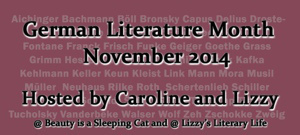
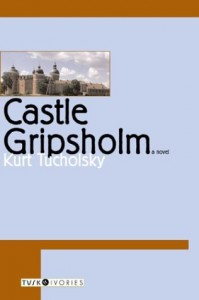
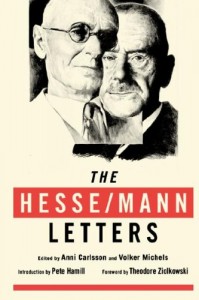
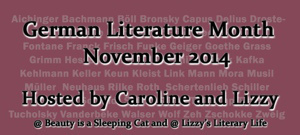
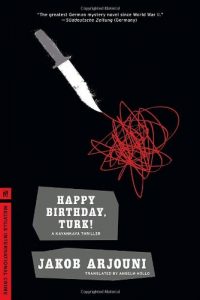
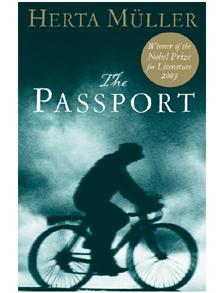
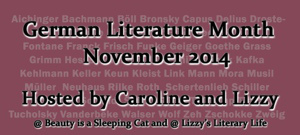


 Facebook
Facebook RSS
RSS Twitter
Twitter